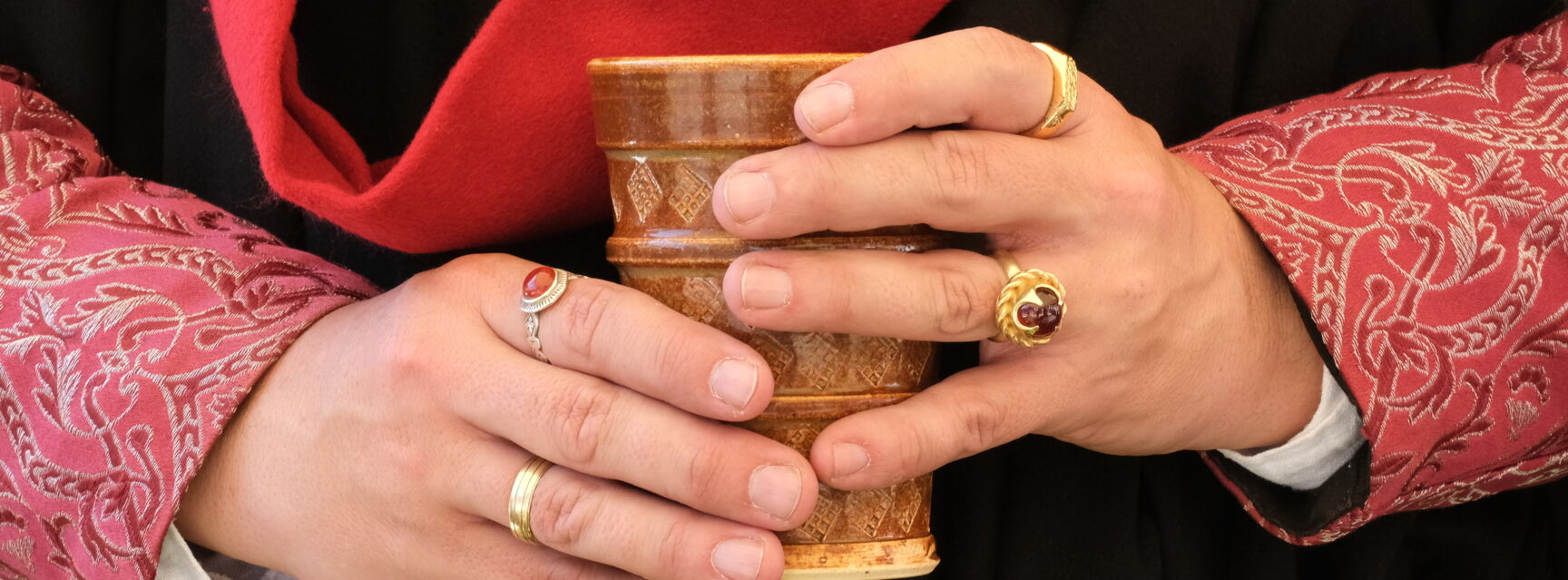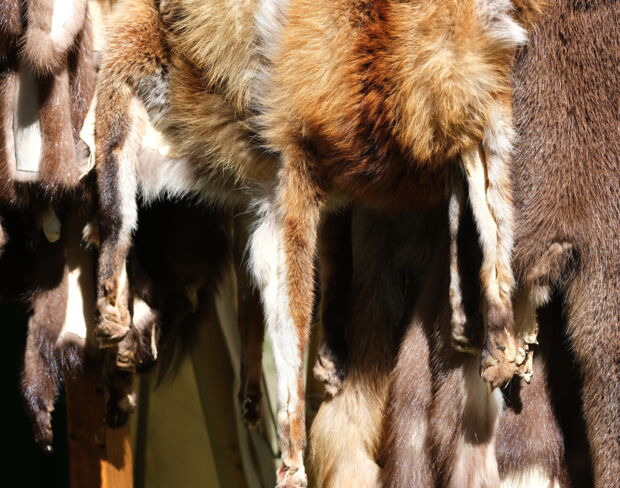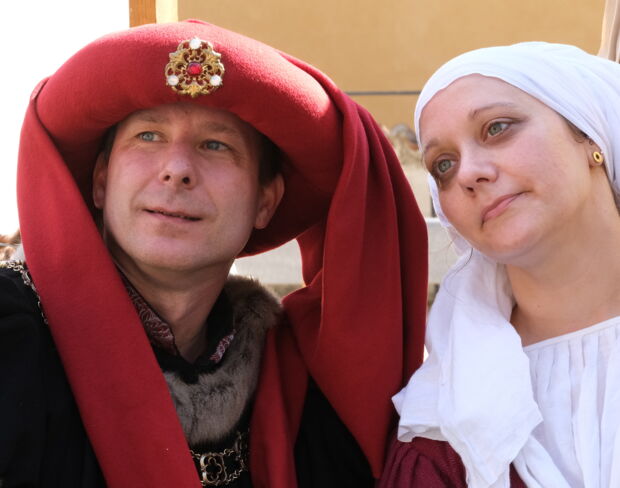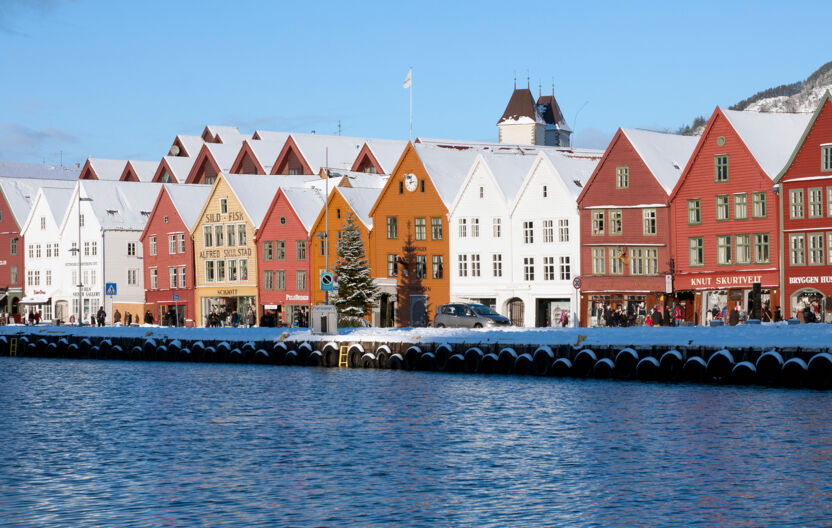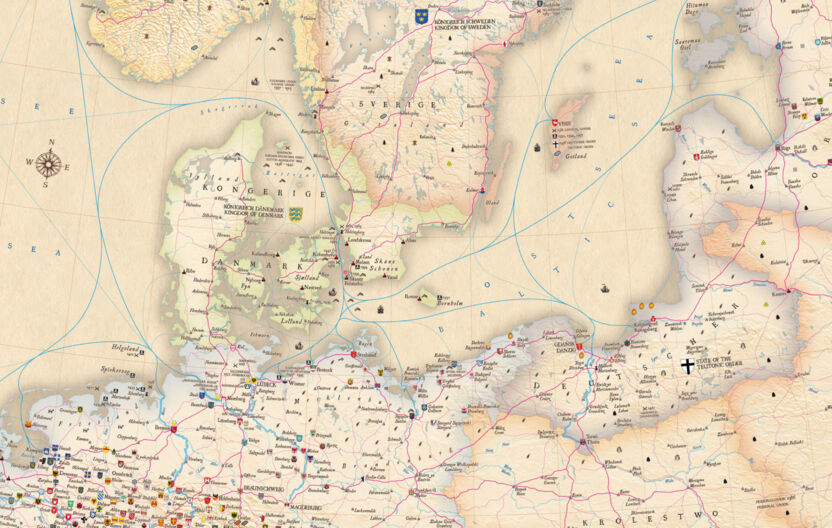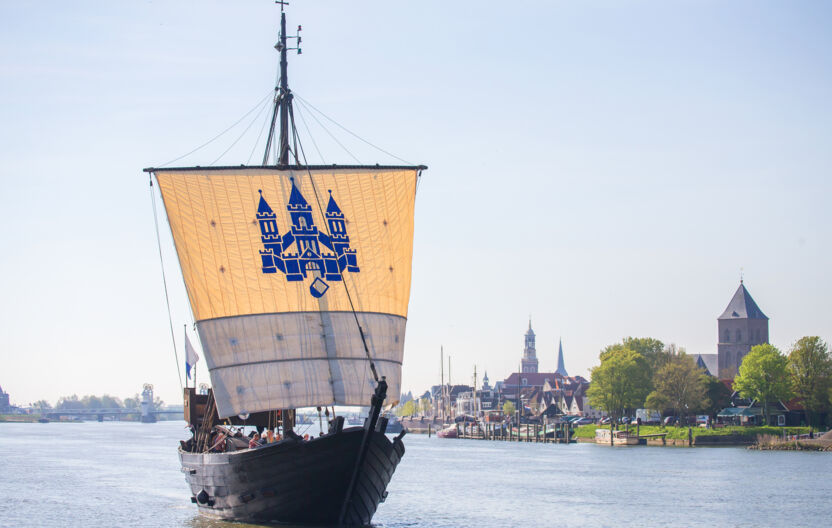Trade across borders
In the heyday of the network, more than 200 towns were part of the Hanseatic League, mainly around the Baltic Sea and inland up to the line Cologne - Erfurt - Krakow. However, the influence of the Hanseatic League extended far beyond this area: with trading posts from Portugal to Russia and from Finland to the Mediterranean. In Novgorod, Bruges, London and Bergen, the long-distance traders founded four large kontors; smaller branches were established in many other trading centres. For more than 400 years, the Hanseatic League shaped the economy, trade and politics in northern Europe before losing its importance in the middle of the 17th century.

